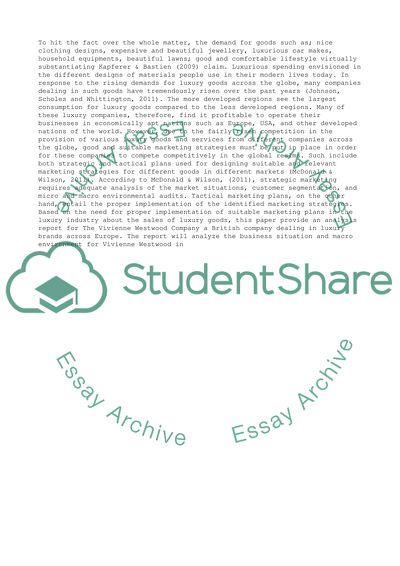Cite this document
(Strategic Management and Marketing for the Luxury Goods Vivienne Assignment - 1, n.d.)
Strategic Management and Marketing for the Luxury Goods Vivienne Assignment - 1. https://studentshare.org/management/1819050-strategic-management-and-marketing-for-the-luxury-goods-vivienne-westwood
Strategic Management and Marketing for the Luxury Goods Vivienne Assignment - 1. https://studentshare.org/management/1819050-strategic-management-and-marketing-for-the-luxury-goods-vivienne-westwood
(Strategic Management and Marketing for the Luxury Goods Vivienne Assignment - 1)
Strategic Management and Marketing for the Luxury Goods Vivienne Assignment - 1. https://studentshare.org/management/1819050-strategic-management-and-marketing-for-the-luxury-goods-vivienne-westwood.
Strategic Management and Marketing for the Luxury Goods Vivienne Assignment - 1. https://studentshare.org/management/1819050-strategic-management-and-marketing-for-the-luxury-goods-vivienne-westwood.
“Strategic Management and Marketing for the Luxury Goods Vivienne Assignment - 1”. https://studentshare.org/management/1819050-strategic-management-and-marketing-for-the-luxury-goods-vivienne-westwood.


